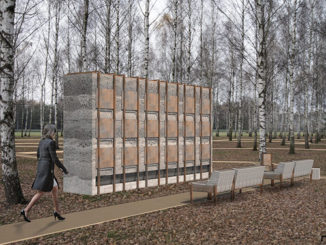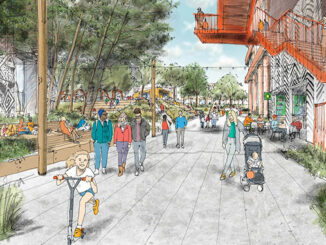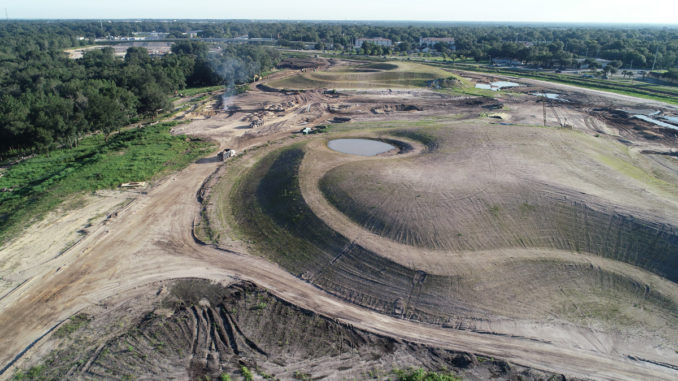
Photo courtesy of Bonnet Springs Park.
As landscape architects, we are trained to “listen to the site,” which means, in other words, be sensitive to a site’s current condition to inform the subsequent design. This philosophy also implies that the site is “speaking” in some way—communicating in a way that designers can only understand if we are receptive to subtle cues and impressions.
What if, instead of sending subtle cues, a site badly abused by prior uses is SCREAMING at us to be healed? At Bonnet Springs Park in Lakeland, Florida, Sasaki heard the message loud and clear. For the past three years, Sasaki has been working with the Lakeland community to implement an innovative response to the site’s degraded condition that aims to create a unique and engaging community asset.
Until a group of local community leaders and philanthropists began to reimagine its future, the site of Bonnet Springs Park sat unused as an abandoned rail yard. Given its proximity to Lakeland’s growing downtown, they saw the potential for the property beyond commercial use and formed Bonnet Springs Park, Inc., a nonprofit organization that spearheaded the fundraising for a new central park in the city. Sasaki was engaged as the lead designer and prime consultant and is currently leading the construction administration phase to advance and materialize the vision.
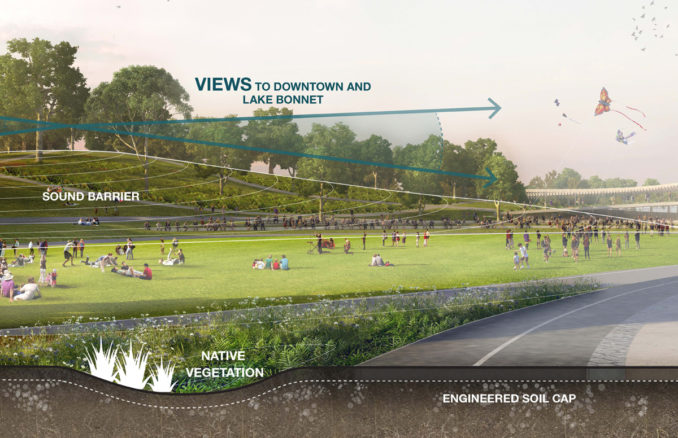
Photo courtesy of Sasaki.
Bringing Remediation to the Forefront
The site’s status as a brownfield was a primary factor that influenced the design process—over 8 million cubic feet of contaminated soil required removal or remediation. Rather than exporting the contaminated material or capping the entire site–two options that would have been costly and had negative off-site impacts–Sasaki decided to incorporate a remediation strategy as an integral component of the design. This decision would go on to inform nearly every aspect of the project, including mobility, microclimate, noise mitigation, and architecture. Perhaps most immediately noticeable, the remediation strategy drove the creation of a hilly topography rarely found in Florida, which the team imagines will be one of the defining features of this park.
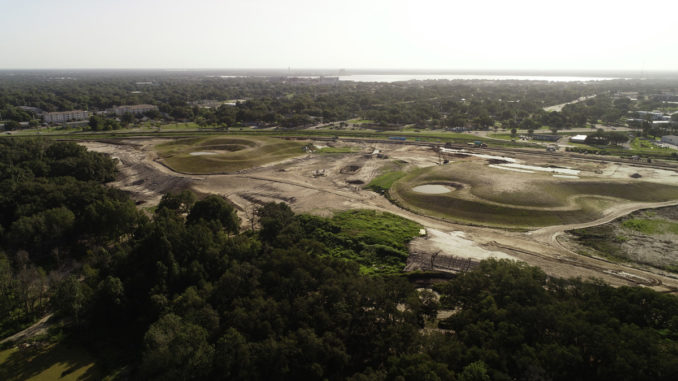
Photo courtesy of Bonnet Springs Park.
Shaping the Land
In collaboration with environmental engineers from Geosyntec, the Sasaki team assessed which areas of the site required excavation and developed the grading plan. Intricate modeling and an adaptive design approach created a process that optimized the existing site materials. As excavation began, on-site soil testing continued in order to validate the approach, fine-tune the limits of excavation, and revise the grading plan accordingly.
Over the next several months, contaminated soil was used to create two large hills that span approximately 10 of the site’s 180 acres. The final height of the hills, which reach approximately 30 feet, could only be determined once all contaminated areas were fully delineated during construction. The hills were then capped by two feet of clean soil that had been excavated to create stormwater ponds in other areas of the site, which makes the area safe for the park’s visitors. Lighting, accessible walkways, benches, open lawns, and native meadows are planned for the hills to create exciting new experiences and vistas.
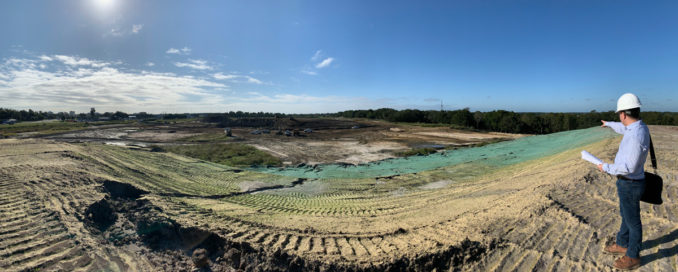
Sasaki associate principal Andrew Gutterman, ASLA, PLA, sees many benefits in this solution. “Not only does the conservation mindset reduce the project’s environmental footprint, but this kind of design thinking also imbues a sense of wonder in Florida’s otherwise flat landscape, allowing people to experience new vantage points. Working with the contaminated soil has taken careful administration and monitoring, but will make for a far more interesting experience.”
Overcoming Hurdles in the Process
The process of achieving a successful remediation outcome was not without its challenges. Frequent heavy rain events—a staple of the central Florida climate during the summer months—required constant vigilance by contractors to prevent soil erosion and protect the work as it was completed. Remediation work on the former railyard site was carefully coordinated with the simultaneous construction of a 6.5-acre lagoon—another signature feature of the park’s design. Creating the lagoon involved the dredging of nutrient-rich soil that had been deposited over time by pre-existing drainage outfalls. This soil is now being used as a growing medium for the park’s planting.
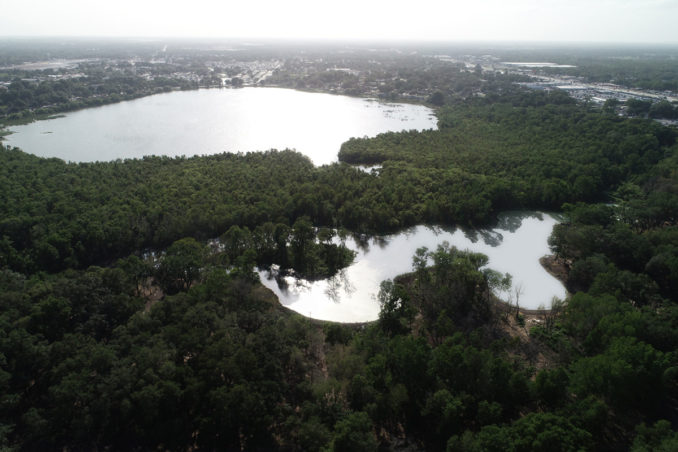
Photo courtesy of Bonnet Springs Park.
In addition to overcoming logistical challenges, the project faced numerous regulatory hurdles along the way. Since the team needed to undergo the remediation work before other aspects of the project were fully permitted, the Sasaki team engaged in frequent dialogue with federal, state and local agencies that have jurisdiction over various aspects of the project. Regular progress reports and close communication continued during the implementation of the remediation work, and the project received its provisional “No Further Action” designation from the Florida Department of Environmental Protection in March of 2020.
By listening to the demands of this unique site and allowing the found conditions to become drivers of the design, the team learned to work with environmental regulations to create a safe and engaging park. Despite the project’s great complexity, the project’s ecological challenges inspired Sasaki to use conservation as a main driver of form and function.
“We thrive on design challenges!” says Anna Cawrse, ASLA, PLA, Sasaki’s Denver Office Director. “Bonnet Springs Park posed some of the most complex and challenging environmental issues we’ve seen, but instead of seeing them as constraints, we used them as an opportunity…an opportunity to innovate a park unlike any other in Florida.”
Text | Sasaki
Images | As credited in captions

